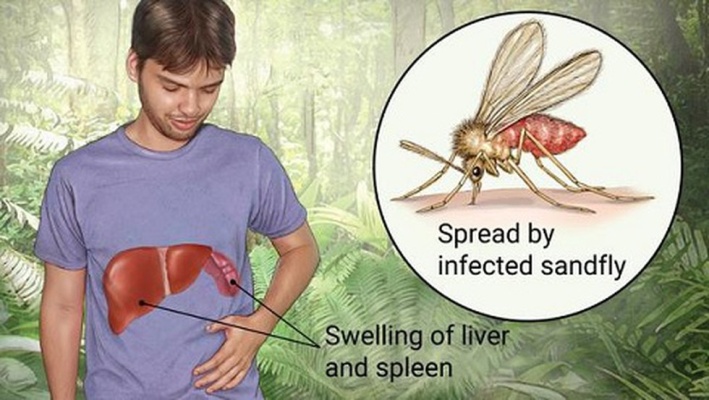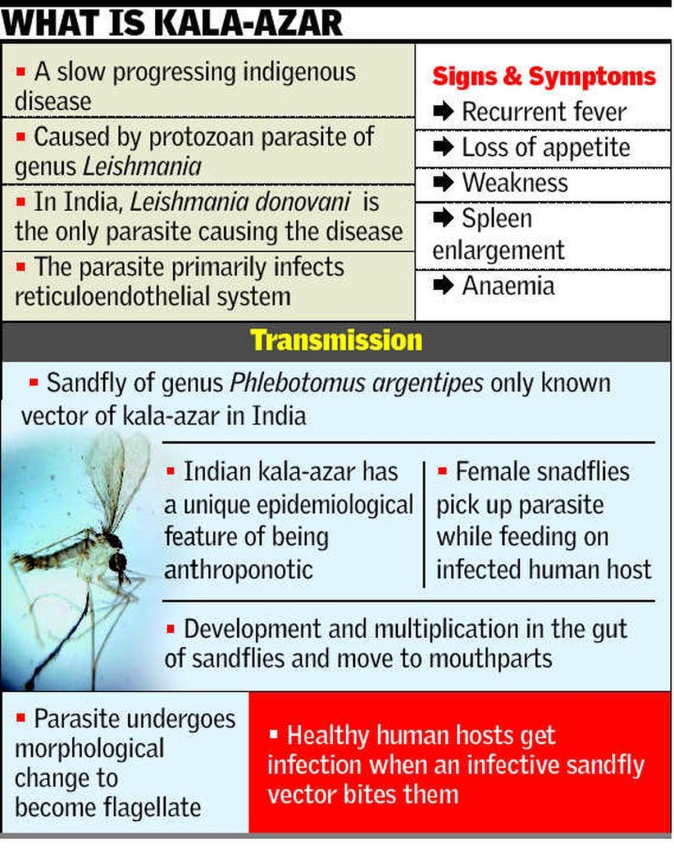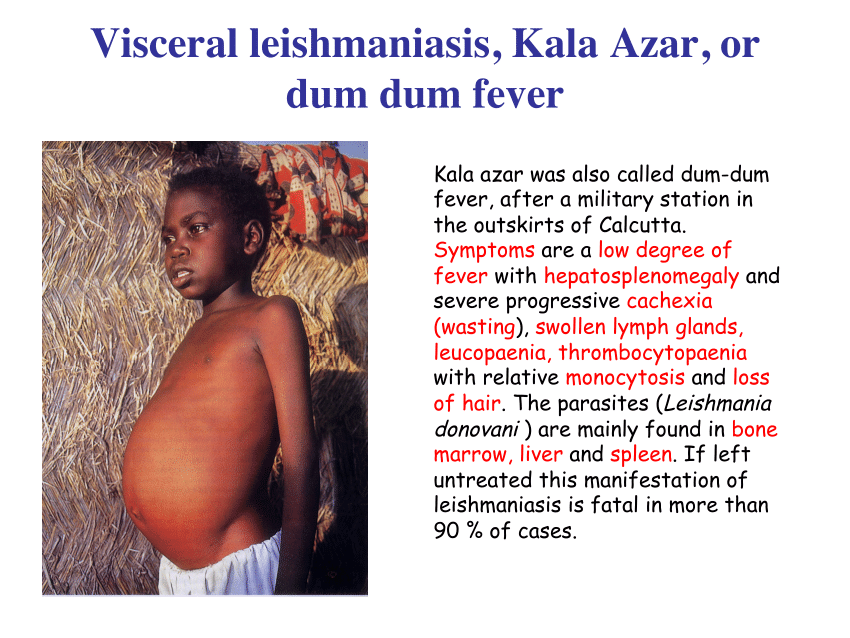





Disclaimer: Copyright infringement not intended.
Context
What is kala-azar or black fever disease?

Sandflies
Vulnerable population
Symptoms of kala-azar

Treatment
Steps being taken






© 2025 iasgyan. All right reserved